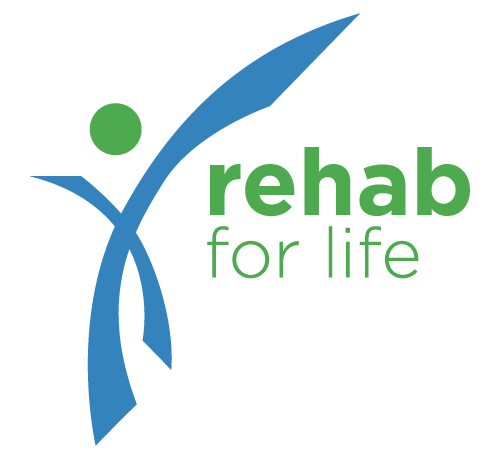Maximizing Surgical Outcomes: The Role of Pre-Surgical Rehabilitation in Orthopedic Procedures
Have you ever wondered why some people seem to recover faster and have better outcomes after orthopedic surgery? The answer might lie in the often overlooked but crucial role of pre-surgical rehabilitation.
Orthopedic procedures, such as joint replacements or ligament repairs, can greatly improve the quality of life for patients. However, the success of these surgeries is not solely dependent on the surgeon’s skills. Pre-surgical rehabilitation plays a vital role in optimizing outcomes and ensuring a smooth recovery process.
In recent years, there has been a growing recognition of the importance of pre-surgical rehabilitation in orthopedic procedures. By preparing the body for surgery and addressing any existing limitations or weaknesses, patients can enhance the effectiveness of the surgery and expedite their recovery. This article will explore the benefits of pre-surgical rehabilitation and highlight key strategies for maximizing surgical outcomes.
What is Prehab?
Prehab, short for pre-surgical rehabilitation, is a form of physical therapy that is focused on preparing the body for surgery and optimizing outcomes. It involves a series of exercises and treatments designed to improve mobility, strength, flexibility, endurance, and function prior to an orthopedic procedure. These exercises may include stretching, strengthening, and conditioning activities tailored to the individual’s needs.
Benefits of Prehab for Orthopedic Procedures
The benefits of prehab for orthopedic procedures are far-reaching and can have a substantial impact on postoperative outcomes. Prehab can help to reduce the risk of complications during surgery, improve recovery time, and reduce pain levels after surgery. Additionally, prehab can help to strengthen muscles in preparation for the procedure, reducing the likelihood of surgical site injury or damage. This improved strength also helps to reduce the risk of postoperative complications, such as blood clots.
Prehab Strategies for Optimal Outcomes
The following strategies can help optimize outcomes when undergoing orthopedic procedures:
- Start prehab prior to surgery: Prehab should be started approximately 6-8 weeks prior to the procedure. This will allow ample time to strengthen and condition the body in preparation for the surgery.
- Increase mobility: Prehab should focus on increasing range of motion and flexibility so that patients can regain their pre-surgery level of activity as quickly as possible. This can be done through stretching activities such as yoga or tai chi.
- Strengthen muscles: Prehab should include exercises to strengthen key muscle groups used in daily activities and those affected by the procedure. This should include both weight-bearing activities and strengthening exercises specific to the area of surgery.
- Educate on proper post-surgical care: Prehab should also include education on proper post-surgery care, such as how to use assistive devices and how to perform self-care activities safely.
Why Choose Rehab For Life?
Rehab for Life is the only therapy clinic in the Tri-State area to have two adjustable, warm water, Endless Pools utilizing remote control variable currents and treadmills. Our pools are expertly designed to facilitate easy entry/exit from each pool with our hydraulic pool lift. Clients use these unique features and other specialized aquatic equipment coupled with the expert guidance of our knowledgeable therapists to help them achieve their therapy goals and vastly improve their quality of life.
If you’re interested in learning more about aquatic therapy in the Evansville area, please contact us. We’re here to help you every step of the way!




